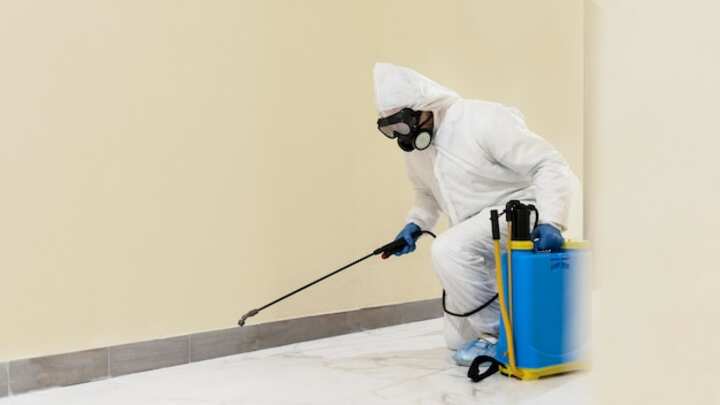
Professional Mold Remediation Experts at Your Service
Mold is a persistent and often invisible threat to both residential and commercial properties. It thrives in damp, humid environments and can lead to serious structural damage and health issues if not properly addressed. Mold remediation is a specialized process that requires expertise, precision, and the right equipment. Engaging professional mold remediation experts is crucial in effectively mitigating mold risks and ensuring a safe environment.
Understanding Mold Remediation
Mold remediation involves identifying, removing, and preventing mold growth. It is a comprehensive process that goes beyond mere mold removal. Proper remediation addresses the root causes of mold growth, ensuring that the issue does not recur. This involves:
- Thorough inspection and assessment of mold presence.
- Identifying the source of moisture that promotes mold growth.
- Containing the affected area to prevent mold spores from spreading.
- Utilizing specialized equipment for mold removal and air purification.
- Repairing and restoring affected areas.
Benefits of Hiring Professional Mold Remediation Experts
Hiring professionals for mold remediation offers numerous benefits that ensure the safety and integrity of a property. Key advantages include:
Expertise and Experience
Professionals possess extensive knowledge and experience in dealing with various types of mold. They are trained to handle complex situations and can identify hidden mold that might be missed by untrained eyes.
Advanced Equipment and Techniques
Mold remediation experts use specialized tools and techniques that are not typically available to the general public. These include industrial-grade dehumidifiers, air scrubbers, and advanced cleaning agents that effectively remove mold and prevent its return.
Safety and Health Considerations
Mold can pose significant health risks, including respiratory issues and allergic reactions. Professionals ensure that mold is removed safely, minimizing exposure to harmful spores. Their approach prioritizes the health and well-being of occupants.
Learn more in this detailed guide.
Steps Involved in Professional Mold Remediation
The process of mold remediation is methodical and involves several key steps to ensure thorough and effective results:
- Inspection and Assessment: A detailed inspection determines the extent of mold damage and identifies moisture sources.
- Containment: Affected areas are isolated to prevent the spread of mold spores during cleanup.
- Filtration: HEPA filters are used to scrub the air, capturing mold spores and improving air quality.
- Removal: Mold-infested materials are carefully removed and disposed of to prevent further contamination.
- Cleaning and Disinfecting: Areas are cleaned and treated with antimicrobial agents to eliminate residual mold.
- Restoration: Any damaged structures are repaired or replaced to restore the property to its original condition.
Explore further insights here.
Preventing Future Mold Growth
Prevention is a critical component of mold remediation. Professionals provide guidance on how to maintain a mold-free environment. Key preventative measures include:
- Maintaining proper ventilation in high-humidity areas.
- Repairing leaks and water damage promptly.
- Using dehumidifiers to control indoor humidity levels.
- Regularly inspecting areas prone to moisture buildup.
Engaging with experts ensures that these preventative strategies are tailored to the specific needs of a property. Find additional information here.